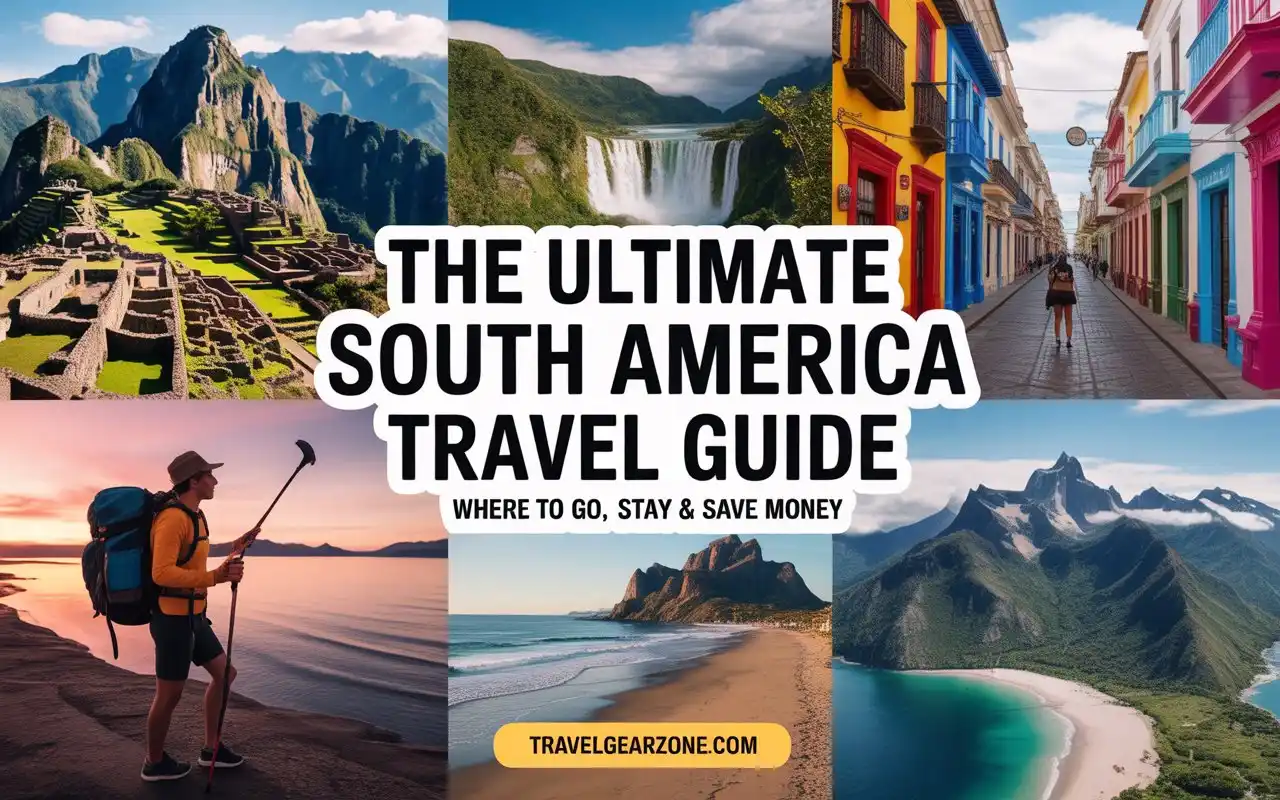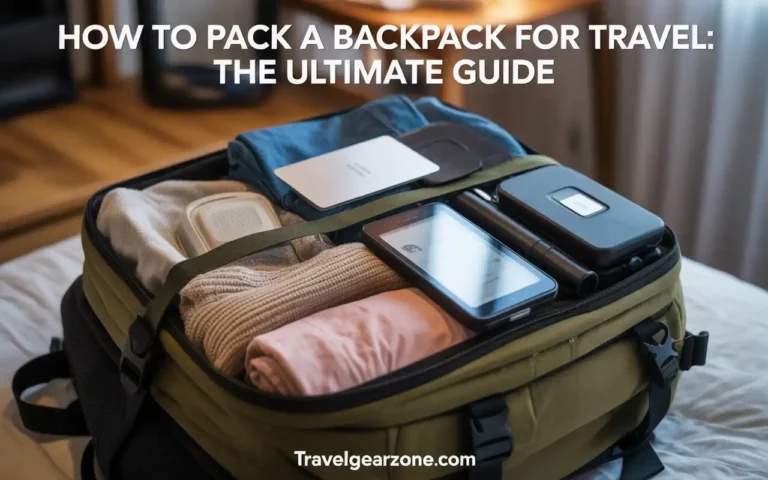The Ultimate South America Travel Guide: Where to Go, Stay & Save Money
I still remember the first time I landed in Quito, Ecuador… the Andes towering around the city, the smell of roasted corn drifting through the streets, and a kind of electric excitement that only comes when you realize you’ve just stepped into a whole new world. That’s the feeling South America gives travelers—an intoxicating mix of wild landscapes, layered cultures, and experiences you won’t find anywhere else.
This is The Ultimate South America Travel Guide, built from years of living, working, and wandering across this continent. It isn’t just another “guide book” you’ll find on a shelf—it’s a collection of real lessons learned on night buses through Patagonia, hikes along the Inca Trail, late-night tango halls in Buenos Aires, and quiet mornings watching the sun rise over Lake Titicaca.
In this guide, I’ll walk you through where to go, how to get around, where to stay, and—most importantly—how to save money without missing the essence of your trip. You’ll get insider travel tips, budget hacks, and cultural insights that come from personal encounters with local guides, street vendors, hostel owners, and even border officials.
By the time you’re finished, you won’t just have read The Ultimate South America Travel Guide—you’ll feel like you’ve traveled it with me. Whether you’re planning a 3-month South America travel route, considering a shorter 1-month South America itinerary, or just curious about what locals really recommend (something I’ve seen discussed often on “The Ultimate South America Travel Guide Reddit”), this is your starting point for an unforgettable journey.
I. Why Visit South America?
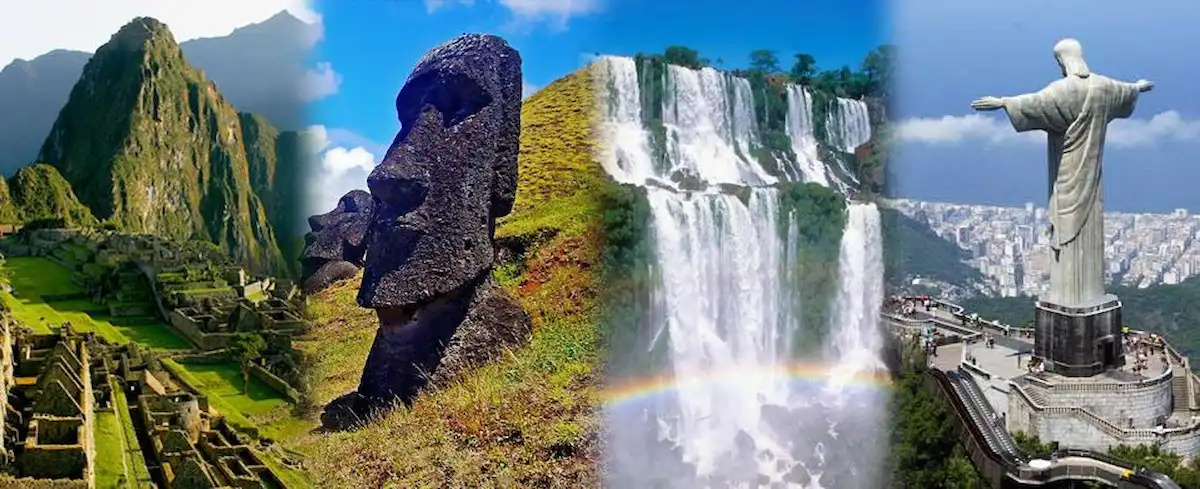
Every time I return to South America, I’m reminded why it has an almost magnetic pull on travelers. The diversity here isn’t just about landscapes—it’s about people, traditions, and stories layered over centuries. You’ll meet Quechua families in Peru weaving textiles with patterns passed down through generations, then find yourself sipping Malbec in Mendoza’s wine valleys a week later. The mix of indigenous, colonial, and modern cultures creates a richness I’ve rarely found elsewhere.
Nature is another reason. The sheer scale of it. Trekking across Torres del Paine in Chile, watching ice calve from Perito Moreno Glacier in Argentina, or standing on the rim of the Amazon basin in Brazil—it’s humbling in a way photos can never quite capture. Then there’s the adventure: cycling Bolivia’s infamous Yungas Road, surfing in northern Peru, or joining an Australis Expedition Cruise through Tierra del Fuego.
And let’s be honest, cost matters. Compared to Europe or North America, your money stretches further here. Backpacking trips can be done on $35–50 a day if you stick to mercados and overnight buses, while mid-range travelers can enjoy boutique hotels and local tours without blowing the budget. For couples, travelling South America together is surprisingly affordable—shared accommodations and meals mean a 6 months in South America budget can be kept reasonable if you plan wisely.
With its cultural depth, natural wonders, and affordability, the continent offers something for every type of traveler.
II. Best Time to Visit South America
If there’s one thing I’ve learned from repeated trips, it’s that timing matters. South America’s size means weather can shift dramatically between the tropical north and temperate south. I once went from sweating in Manaus at 35°C to layering up in Ushuaia within the same month—it’s a continent of contrasts.
Generally, the Andean spine—Peru, Bolivia, Ecuador—is best between May and September, when the dry season makes trekking the Inca Trail, exploring the Salar de Uyuni, or visiting Machu Picchu far more pleasant. Patagonia, on the other hand, shines from November to March, with long days perfect for hikes in places like Puerto Natales or the Cordillera Blanca.
If you’re budget-conscious, I’d recommend traveling in the shoulder seasons: April–May or September–October. Fewer crowds, lower accommodation prices, and better chances to snag deals on domestic flights. For example, I once booked a bus from San Pedro de Atacama to El Calafate in late September for nearly half the peak-season cost.
Of course, festivals can also dictate timing. Carnival in Brazil, Inti Raymi in Cusco, and Colombia’s Feria de las Flores are cultural highlights worth timing your trip around, even if it means paying a bit more.
So, the “best time” really depends on your route—whether you’re tackling a 1-month South America itinerary or spreading it across multiple seasons on an ultimate South America road trip.
IV. Top Destinations in South America
1. Peru (Machu Picchu & Beyond)
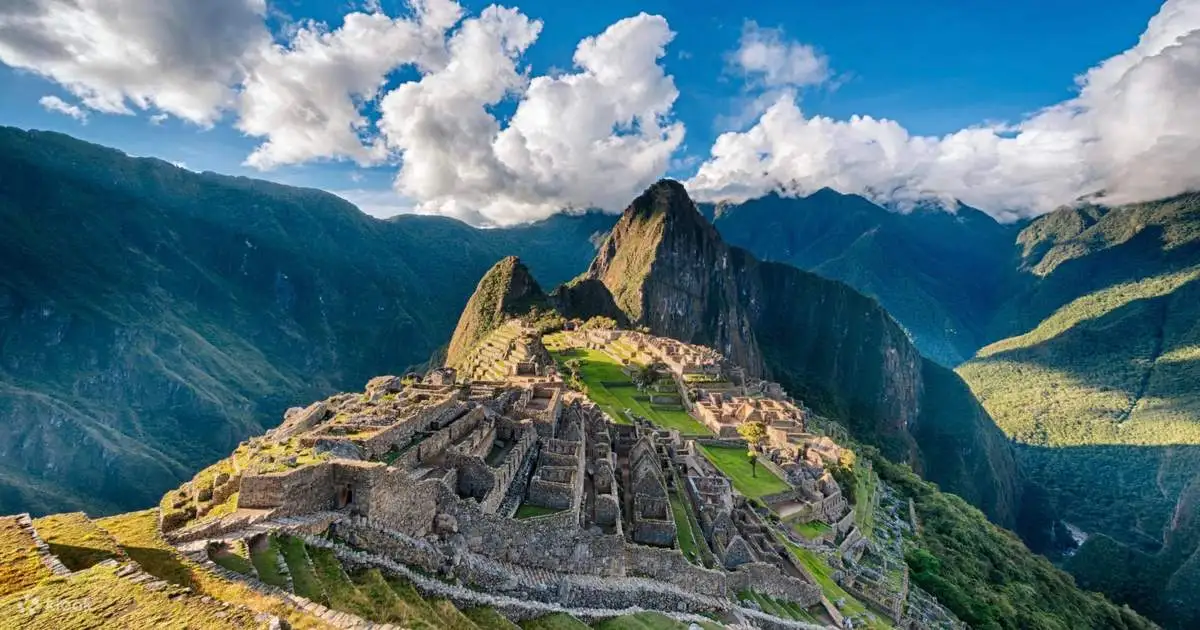
Peru is where many travelers first fall in love with the continent. My own relationship with South America started here, after joining a local family in Cusco for a week during the festival of Inti Raymi. That was when I realized this country offers much more than just Machu Picchu—though seeing the sunrise at the Sun Gate after four days on the Inca Trail is something I’ll never forget.
Highlights include Cusco’s cobblestone streets, the Sacred Valley with towns like Pisac and Ollantaytambo, and the Peruvian Amazon around Puerto Maldonado. For hikers, the Cordillera Blanca near Huaraz rivals anything I’ve seen in the Alps.
Budget Tip: Skip tourist restaurants and eat in the local mercados—a menú del día in Cusco costs a fraction of what you’ll pay near Plaza de Armas. Also, use colectivos (shared taxis) instead of private transfers for Sacred Valley trips.
📌 Insider tip: If you can, time your visit for late September. I’ve noticed fewer crowds on the trails, cheaper entry times for Machu Picchu, and clearer skies. It’s these small adjustments that turn an itinerary from good to unforgettable.
2. Brazil (Rio, Amazon & Beaches)
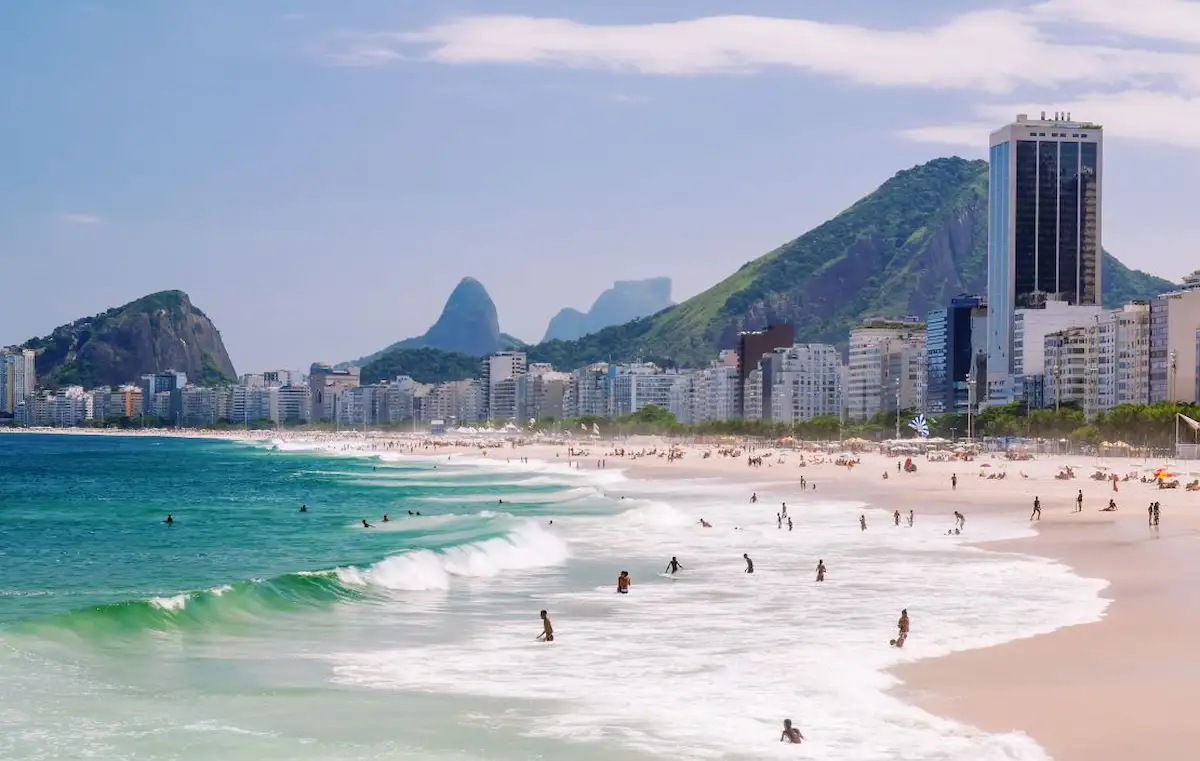
Brazil is intoxicating. From my first samba-filled night in Rio’s Lapa district to drifting along the Amazon River near Manaus, it feels like a country that insists you live fully. The sheer size means diversity: Iguazu Falls thundering at the border, white-sand beaches in Bahia, the futuristic skyline of Brasília, and, of course, the madness of Carnival in Rio.
For wildlife, I’d say skip the standard “Amazon tour” packages pushed in Manaus. Instead, I joined a local guide from a small community deep in the Amazon basin, and the experience was worlds apart—piranha fishing, dawn birdwatching, and nights filled with jungle sounds.
Budget Tip: Brazil can feel expensive, but you can cut costs. Stay in hostels or Airbnbs in Rio’s neighborhoods like Santa Teresa instead of Copacabana, and use the extensive intercity bus network instead of domestic flights.
| Must-Do Experiences in Brazil | Insider Notes |
|---|---|
| Carnival in Rio | Book accommodations months ahead; prices triple last-minute |
| Iguazu Falls (Foz do Iguaçu side) | Stay in the town of Foz; local buses connect easily |
| Amazon River Cruise | Choose smaller operators for authentic experiences |
| Salvador da Bahia | Perfect for Afro-Brazilian culture, capoeira shows, and street food |
If nightlife is your thing, Rio delivers. But if you’re chasing serenity, head north to Jericoacoara’s dunes or down south to Florianópolis for a quieter vibe.
3. Argentina (Buenos Aires & Patagonia)
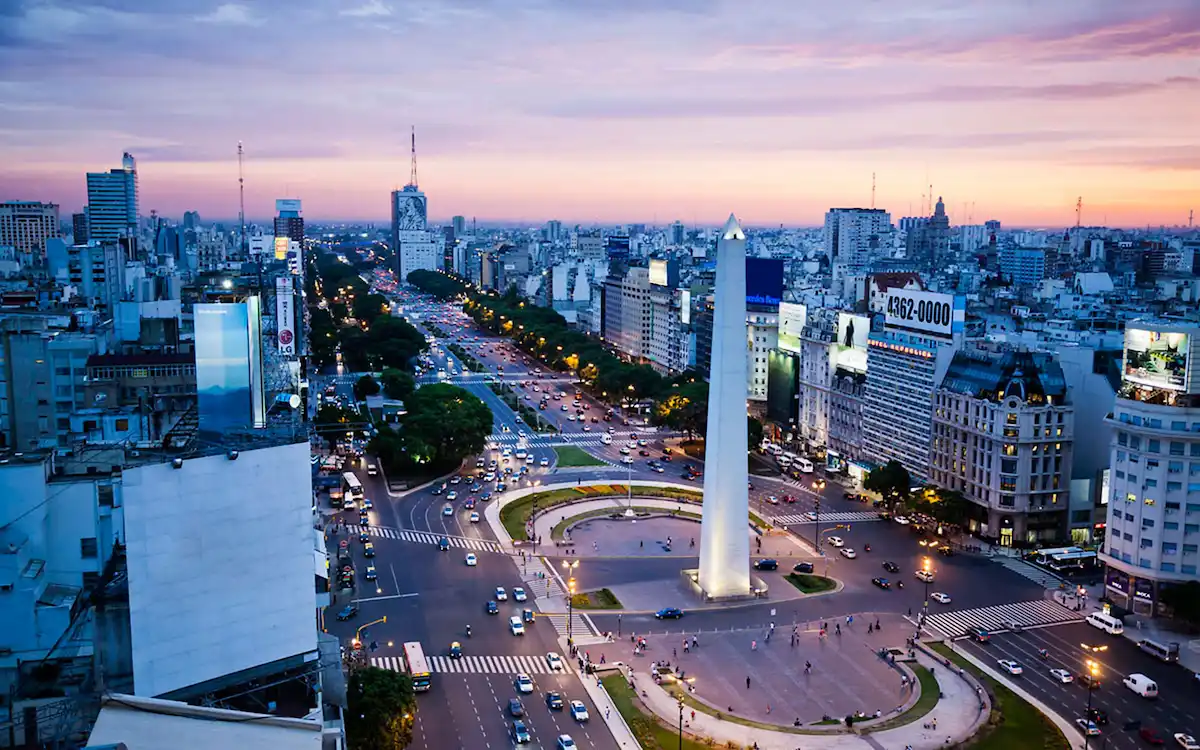
Argentina feels like multiple countries stitched into one. I’ve spent weeks in Buenos Aires, often losing myself in late-night tango halls of San Telmo, sipping coffee in Palermo cafés, or attending the Polo Open in Buenos Aires, where locals welcomed me with that mix of warmth and formality so characteristic of porteños.
Then there’s Patagonia—windswept, raw, and beautiful. Hiking in El Chaltén under Mount Fitz Roy or watching glaciers calve into Lake Argentino near El Calafate are moments etched permanently in my memory.
Budget Tip: Argentina’s currency situation is tricky. You’ll often get better rates exchanging USD in-person (the so-called “blue dollar” rate) rather than withdrawing from ATMs. It’s one of those insider money-saving tricks that every ultimate South America itinerary should factor in.
📌 Insider tip: Mendoza’s wine country, especially the Wineries of Valle de Uco, offers tastings as good as Napa or Bordeaux—at a fraction of the price. If you’re traveling as a couple, splitting costs on car rentals here makes for a budget-friendly and romantic escape.
4. Chile (Atacama Desert to Patagonia)
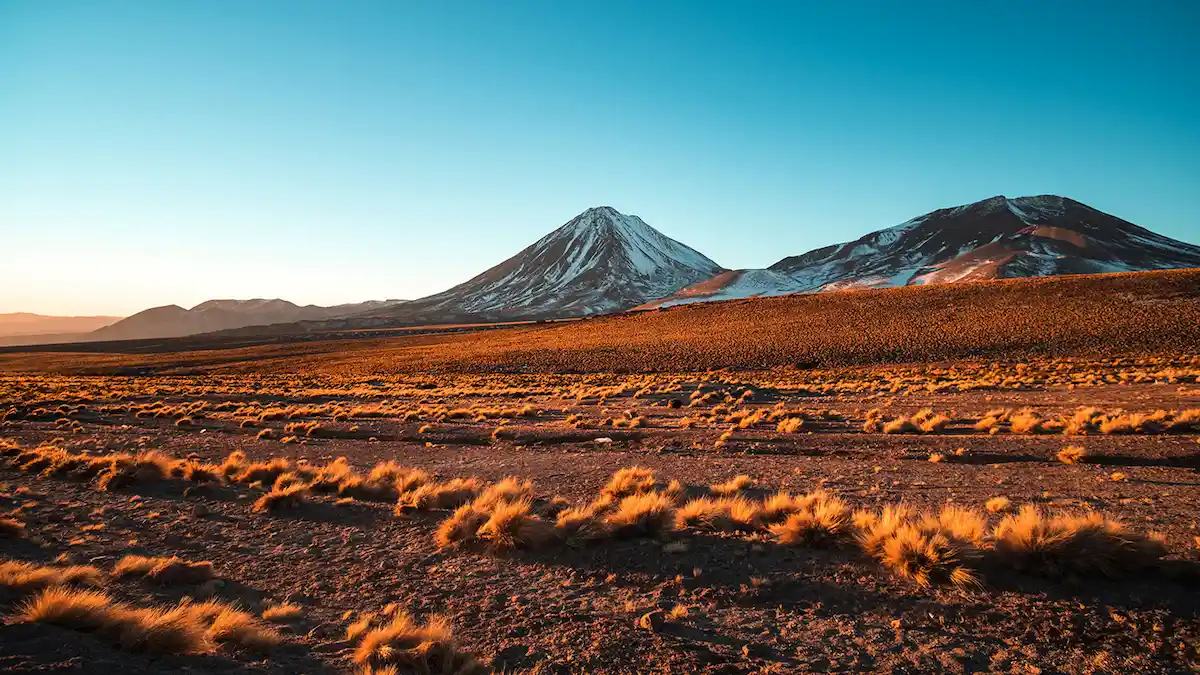
Chile is the country that surprised me the most. On my first trip, I went straight to Patagonia expecting glaciers and mountains—and yes, Torres del Paine near Puerto Natales was unforgettable—but it was the Atacama Desert that blew me away. Biking through red canyons at sunset in San Pedro de Atacama, watching flamingos on high-altitude lagoons, and taking the Tren a los Nubes into the clouds made me feel like I was on another planet.
In contrast, central Chile offers a softer rhythm: wine tasting in the Maipo Valley, city breaks in Santiago, and seaside vibes in Valparaíso with its street art and bohemian cafes. Down south, the Australis Expedition Cruise remains one of the most memorable experiences of my career—navigating fjords, spotting penguins, and feeling the end-of-the-world spirit at Cape Horn.
Budget Tip: Chile’s domestic flights are convenient but pricey. Long-distance buses are clean, reliable, and a fraction of the cost. I once saved over $100 traveling from Santiago to Puerto Montt by bus instead of flying.
5. Colombia (Caribbean Coast & Coffee Region)
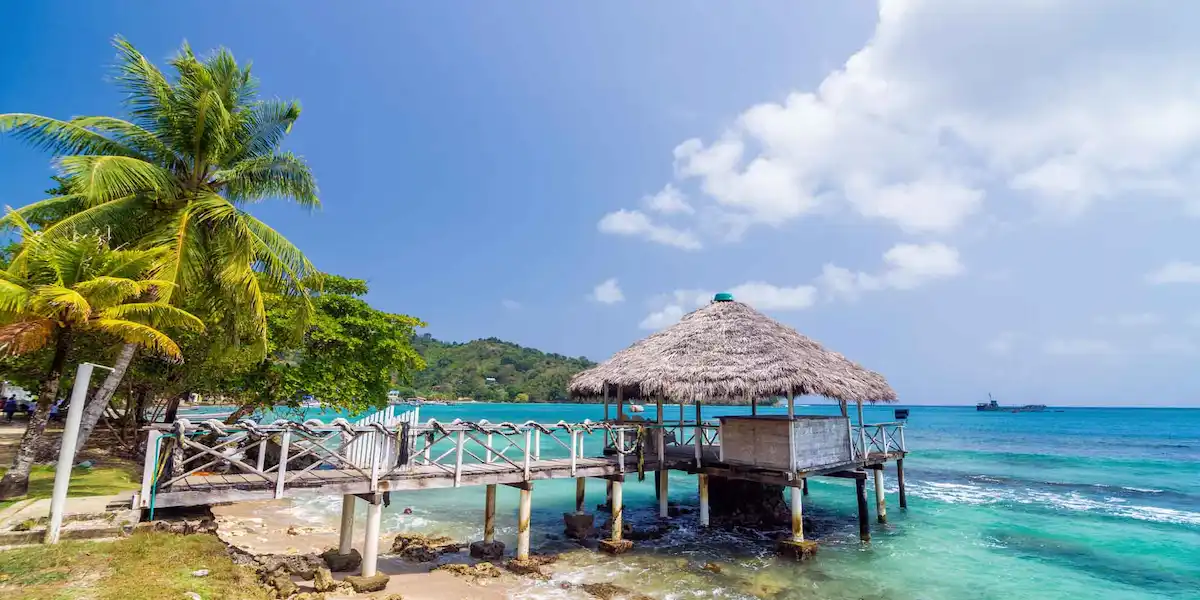
Colombia has transformed so much in the past decade that my first visit compared to my latest felt like two different worlds. Cartagena’s walled city is magical—colorful balconies dripping with bougainvillea, horse-drawn carriages clattering through cobblestone streets, and a Caribbean heat that slows you down. But for me, Medellín is the city that shows Colombia’s resilience. Once infamous, it’s now buzzing with innovation, friendly locals, and cable cars that give breathtaking views over the valley.
The coffee region near Salento is worth lingering in. I still remember the hike through the Cocora Valley, where wax palms—taller than church steeples—rise dramatically into the mist. And if you’re chasing beaches, Tayrona National Park offers wild stretches of sand framed by jungle.
Budget Tip: Colombia has some of the best budget airlines in South America. I’ve flown Viva Air and LATAM between Bogotá and Medellín for under $30. For longer routes, night buses are reliable and come with reclining seats.
| Colombian Highlights | Why Go | Budget Advice |
|---|---|---|
| Cartagena | Colonial architecture + Caribbean coast | Stay in Getsemaní for affordable hostels |
| Medellín | Culture, innovation, nightlife | Use metro + cable cars instead of taxis |
| Salento & Cocora Valley | Coffee tours & hikes | Book finca stays (farmhouses) directly with families |
| Tayrona National Park | Jungle + beach combo | Bring your own food to cut park costs |
6. Ecuador (Quito, Galápagos, Andes)
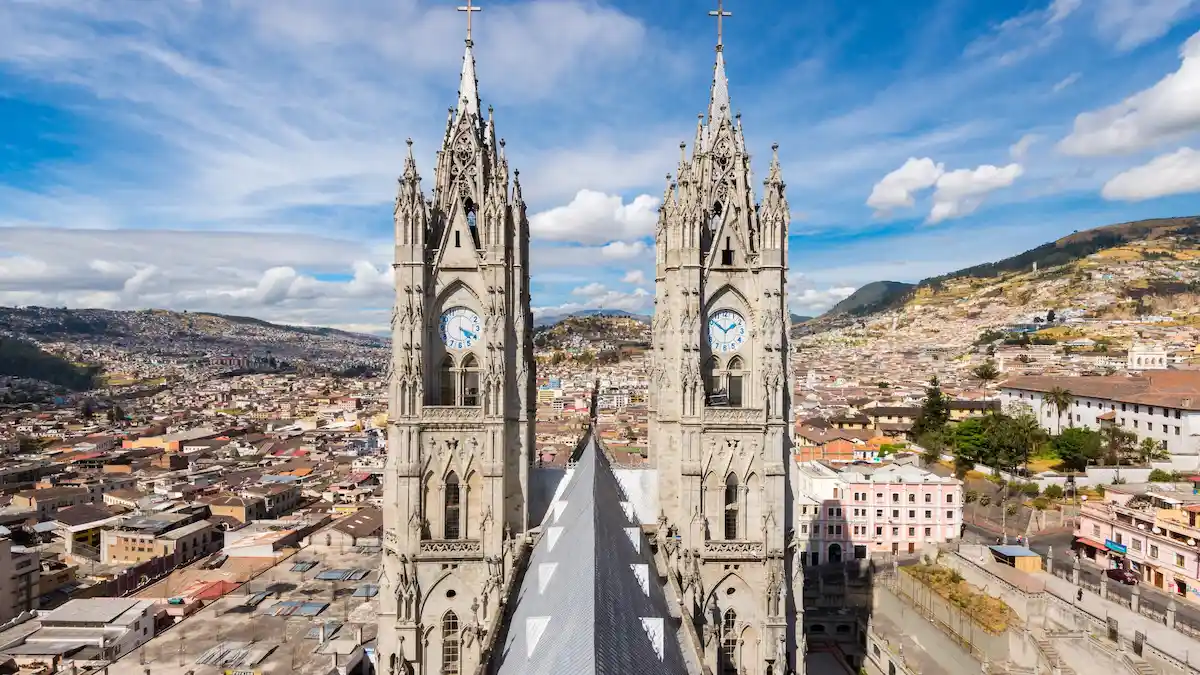
Ecuador may be small, but it packs in experiences that could fill an ultimate South America tour on their own. Quito’s Old Town, a UNESCO World Heritage site, is where I first understood the blend of Spanish colonial architecture with Andean traditions. Just walking down Calle La Ronda at night, with street musicians and local snacks, felt like stepping into history.
Of course, most come here for the Galápagos Islands. I’ve done both the cruise option and the DIY route, and here’s the truth: if you’re on a budget, staying on Santa Cruz Island and taking day trips still gives you access to giant tortoises, sea lions, and volcanic landscapes—without the hefty cruise price tag.
For adventure, Ecuador’s Andes deliver. I recommend climbing Cotopaxi (with a guide) or trekking near Quilotoa crater. It’s high altitude, but the views are among the best on the continent.
Budget Tip: Ecuador uses the U.S. dollar, which simplifies money matters. But prices in the Galápagos can be steep—stay on the mainland for part of your trip to stretch your funds.
7. Bolivia (Salt Flats & High Altitudes)
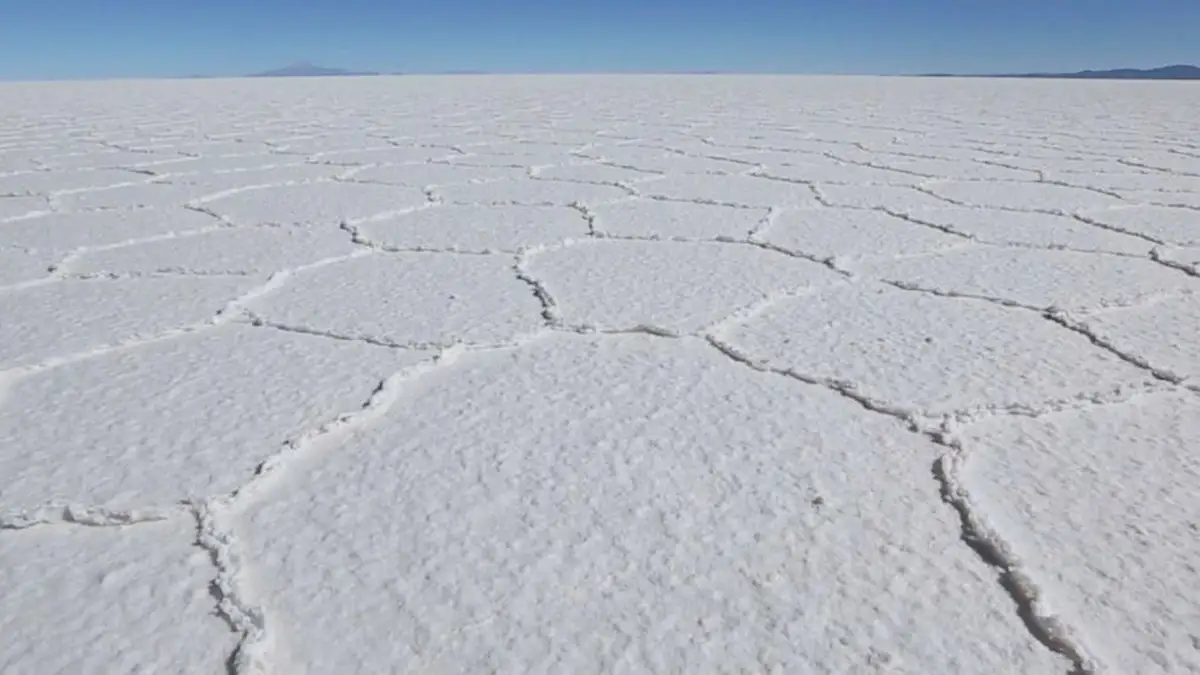
Bolivia is rugged, raw, and unforgettable. My first night in La Paz, I felt dizzy just climbing a staircase—altitude here is real, and it shapes every experience. The city itself, with its cable cars linking neighborhoods across dramatic valleys, is unlike anywhere else I’ve been.
But the jewel of Bolivia is undoubtedly the Uyuni Salt Flats (Salar de Uyuni). I joined a three-day jeep tour from Uyuni town, crossing salt deserts, flamingo-filled lagoons, and surreal landscapes dotted with geysers. Nights were cold—sleeping in a salt hotel is a story in itself—but waking up to that endless white horizon at sunrise was worth every shiver.
Other highlights: Lake Titicaca’s Isla del Sol, with its pre-Incan ruins, and cycling down the Yungas Road—often called the “Death Road”—an adrenaline rush with sweeping mountain views.
Budget Tip: Bolivia is one of the cheapest countries on the continent. Overnight buses save on both transport and accommodation, and meals at mercados often cost less than $3.
Budget Hacks by Country (Peru – Ecuador)
| Country | Cheap Eats | Transport Tip | Money Saver |
|---|---|---|---|
| Peru | Menú del día in mercados ($3–4) | Colectivos in Sacred Valley | Travel in Sept for off-peak Machu Picchu prices |
| Brazil | Street food in Bahia | Long-distance buses instead of flights | Stay in Santa Teresa, not Copacabana |
| Argentina | Local parrillas for steak | Night buses Patagonia routes | Exchange USD at blue dollar rate |
| Chile | Comedor lunches | Long-distance buses vs. flights | Travel off-season for Torres del Paine |
| Colombia | Almuerzos corrientes ($2–3) | Viva Air or LATAM budget flights | Stay in Getsemaní (Cartagena) |
| Ecuador | Almuerzo del día ($2–3) | Shared taxis & public buses | Stay on Santa Cruz for Galápagos day trips |
| Bolivia | Mercado meals ($2–3) | Overnight buses save costs | Salt hotels are cheap + unique experience |
This comparison is what I wish I’d had before my first ultimate South America trip—it makes budgeting easier when planning a South America travel route 3 months or longer.
V. How to Travel Around South America (Flights, Buses & Border Crossings)
Transportation is one of the biggest decisions in any guide to South America, and trust me—I’ve tried it all. From 30-hour bus rides across Argentina to budget flights hopping Colombia’s cities, each mode of transport has trade-offs.
- Flights vs. Buses: Flights are faster but pricey, especially last-minute. Buses, while long, are surprisingly comfortable. Companies like Cruz del Sur (Peru), CATA (Argentina), and TurBus (Chile) offer semi-cama and cama services—think reclining seats, blankets, and onboard meals.
- Budget Airlines: LATAM, Avianca, Sky Airline, and Viva Air often have flash sales. I once booked Bogotá to Medellín for $25. Just watch baggage fees—they’ll sting you.
- Regional Passes: Some rail options exist, like the Tren a los Nubes in Argentina, but buses dominate. Crossing borders is generally straightforward, though in places like Bolivia–Chile, buses handle the formalities for you.
- Travel Insurance: I cannot stress this enough. Altitude sickness in Cusco, food poisoning in Quito, or lost luggage in Rio—I’ve had them all. A solid policy makes a difference. Lonely Planet, DK Eyewitness, and even forums like “The Ultimate South America Travel Guide Reddit” echo this: don’t skip insurance.
📌 Insider tip: Always carry small bills. At border crossings, card payments are rarely accepted, and ATMs can be unreliable.
VI. Where to Stay in South America
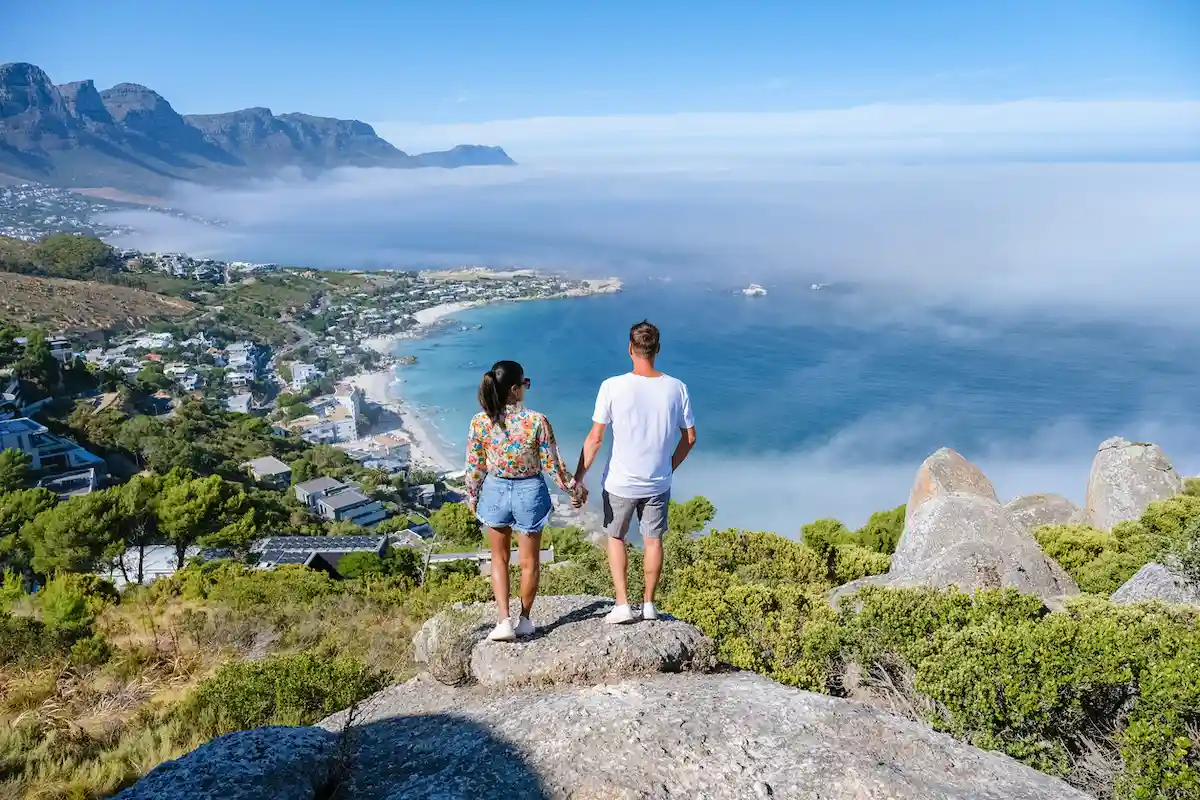
Accommodation in South America is as varied as the continent itself. After years of mixing hostels, boutique stays, and eco-lodges, here’s what I recommend:
- Hostels: Ideal for backpackers or solo travelers. I’ve stayed in everything from party hostels in La Paz to quiet eco-hostels in El Cocuy, Colombia. Dorms cost $8–15/night in most countries.
- Boutique Hotels & Airbnbs: Perfect for couples or digital nomads. In Buenos Aires, I rented an Airbnb in Palermo with rooftop access for under $40/night.
- Eco-Lodges: Some of my most memorable stays were in the Amazon rainforest—lodges near Iquitos, Peru, and Santa Cruz Island, Galápagos. These combine rustic charm with sustainability.
- Safety: Always check reviews on trusted platforms (Booking, Airbnb, Hostelworld). In cities like Bogotá or Rio, location matters more than price—stick to safe neighborhoods even if it costs a little more.
| Stay Type | Best For | Example |
|---|---|---|
| Hostels | Backpackers, budget travelers | Loki Hostel in Cusco, Selina Medellín |
| Boutique Hotels | Couples, mid-range | Palermo Airbnbs in Buenos Aires |
| Eco-Lodges | Nature lovers | Amazon lodges near Iquitos |
| Guesthouses | Cultural immersion | Family-run hospedajes in Lake Titicaca villages |
📌 Insider tip: In Patagonia, book accommodation months in advance. I learned the hard way in El Calafate—arriving without a booking meant paying double.
VII. Money-Saving Tips for South America
Backpacking South America doesn’t have to drain your wallet. In fact, some of the best travel experiences here cost little to nothing if you know a few tricks.
Transportation hacks: Long distances between countries can make flights pricey, but there are budget-friendly ways around it. Overnight buses are a lifesaver—especially in countries like Argentina, Chile, and Peru. Not only do you save money on a night’s accommodation, but you also wake up in a brand-new city. For flights, look into regional budget airlines like Sky Airline or Gol Linhas Aéreas, which often run promos if you book in advance.
Eating cheap: South America is heaven for food lovers on a budget. Skip the touristy restaurants and head straight for the mercados (local markets). Many cities also offer a menú del día—a set lunch with soup, a main dish, and a drink for just a few dollars. And of course, street food is where you’ll often find the most authentic flavors, whether it’s empanadas in Bolivia or arepas in Colombia.
Attractions on a budget: Major cities like Buenos Aires, Lima, and Bogotá all have free walking tours that give you an insider’s look at local culture. Many museums also offer discounted or even free entry on certain days. Plan around those, and you’ll stretch your budget even further.
Stay connected smartly: Instead of relying on costly roaming plans, grab a local SIM card. They’re cheap, easy to find, and make navigating cities or booking rideshares much simpler.
Safety and money handling: Petty theft and scams can happen in busy tourist spots. Keep your money spread out (cash in one pocket, a backup card in another), and avoid flashing valuables. Use ATMs inside banks instead of on the street for extra safety.
With these tips, you’ll find that traveling South America on a shoestring is not only possible—it’s part of the adventure.
VIII. Travel Safety & Practical Tips
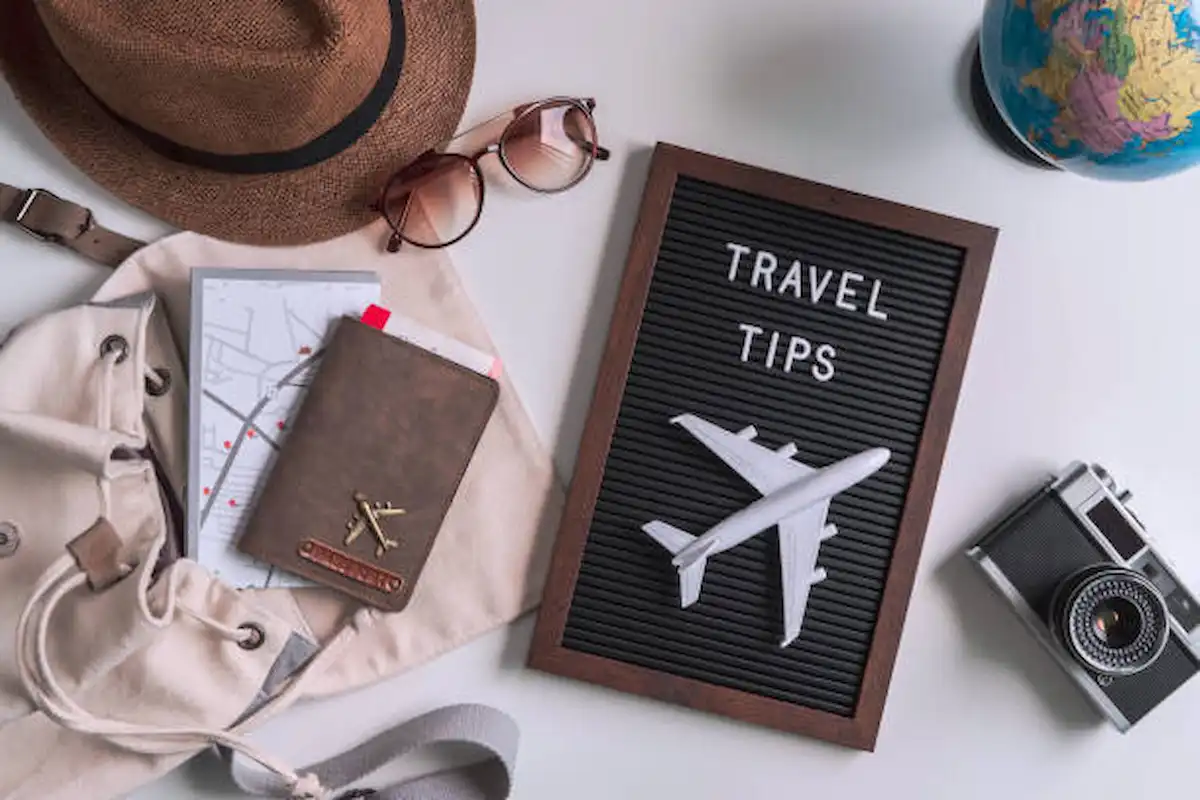
Safety in South America isn’t about paranoia, it’s about being smart. In big cities, keep an eye on your belongings, especially in crowded buses, metro stations, and markets. When taking taxis, use official apps like Cabify or Beat instead of hailing one off the street. And when withdrawing cash, stick to ATMs inside malls or banks.
Health is another factor to keep in mind. If you’re heading to the Andes, altitude sickness is real—take it slow when you arrive in high-altitude cities like Cusco or La Paz. Staying hydrated, avoiding heavy meals, and chewing coca leaves (a local remedy) can help. Depending on your destinations, you may also need vaccines for yellow fever or typhoid, so it’s worth checking before you go.
Lastly, even a few words of Spanish or Portuguese go a long way. Phrases like “¿Cuánto cuesta?” (How much does it cost?) or “Obrigado” (thank you in Portuguese) not only make daily interactions smoother but also show locals that you’re making an effort.
IX. Sample Itineraries
Sometimes the hardest part of planning a South America trip is figuring out where to even start. To make things a little easier, here are three sample itineraries you can borrow or adapt depending on your time, budget, and travel style:
1-Week Highlights Trip (Peru + Bolivia)
- Fly into Lima, spend a day exploring the city.
- Head to Cusco and spend a couple of days acclimatizing.
- Take the train or trek to Machu Picchu, one of South America’s most iconic landmarks.
- Finish with a quick visit to La Paz, Bolivia, where you can explore the unique markets and ride the famous cable cars.
2-Week Cultural Trip (Argentina + Brazil)
- Begin in Buenos Aires, soaking in tango, architecture, and steakhouse dinners.
- Fly to Mendoza for wine tours and Andes views.
- Cross into Brazil to see Iguazú Falls, then head to Rio de Janeiro for beaches, samba, and Christ the Redeemer.
1-Month Backpacker Trip (Multi-Country Adventure)
- Start in Colombia (Bogotá, Medellín, Cartagena).
- Work your way down to Ecuador for the Galápagos Islands or the Andes.
- Continue into Peru (Lima, Cusco, Machu Picchu), then Bolivia (Salt Flats, La Paz).
- Wrap up in Chile and Argentina, balancing Patagonia’s hikes with city life.
This mix of itineraries shows how diverse and customizable your journey can be, whether you’re chasing bucket-list highlights, cultural immersion, or the ultimate backpacking adventure.
Read Also: Cities in America That Feel Like Europe (You’ll Be Surprised)
Final Thoughts
South America isn’t just a destination—it’s a collection of unforgettable moments waiting to happen. From standing at the edge of the world in Patagonia to sipping wine in Mendoza, from wandering through colorful Colombian streets to tracing ancient Inca footsteps in Peru, every traveler finds something that lingers long after the trip ends.
It’s adventurous yet affordable, culturally rich yet incredibly welcoming, and vast enough to offer both high-energy trips and slower, soul-soothing escapes. With the right planning—whether it’s budgeting smartly, packing wisely, or following one of the sample itineraries—you’ll realize just how accessible and rewarding this continent can be.
If you’ve been debating where to go next, let this be your sign: start planning, start dreaming, and don’t wait too long. And if this guide helped, feel free to share it or drop your own travel experiences in the comments.
This really is the ultimate South America travel guide—a reminder that some of life’s best adventures begin the moment you decide to go.
Frequently Asked Questions
What is the best time to visit South America?
Between April and October, when the weather is drier and ideal for outdoor adventures.
Is South America safe for solo travelers?
Yes, but stick to well-traveled routes, use trusted transport, and stay alert in big cities.
How much money do I need for a South America trip?
Budget travelers can manage with $40–$60 per day, while mid-range travelers spend around $100.
Do I need a visa to travel around South America?
It depends on your nationality and destination country—always check entry requirements in advance.
What’s the best way to get around South America?
Buses are affordable for short distances, while flights save time for long inter-country trips.
Can I drink tap water in South America?
In most places, it’s safer to stick with bottled or filtered water.
Is South America good for backpacking?
Absolutely—it’s budget-friendly, culturally rich, and full of backpacker routes and hostels.
What should I pack for South America?
Layered clothing, sturdy shoes, a rain jacket, and essentials like sunscreen and adapters.
What are must-visit destinations in South America?
Machu Picchu, Patagonia, Rio de Janeiro, the Amazon, and Salar de Uyuni are top picks.
Why use an ultimate South America travel guide?
It saves time, gives insider tips, and helps plan the perfect trip with confidence.

